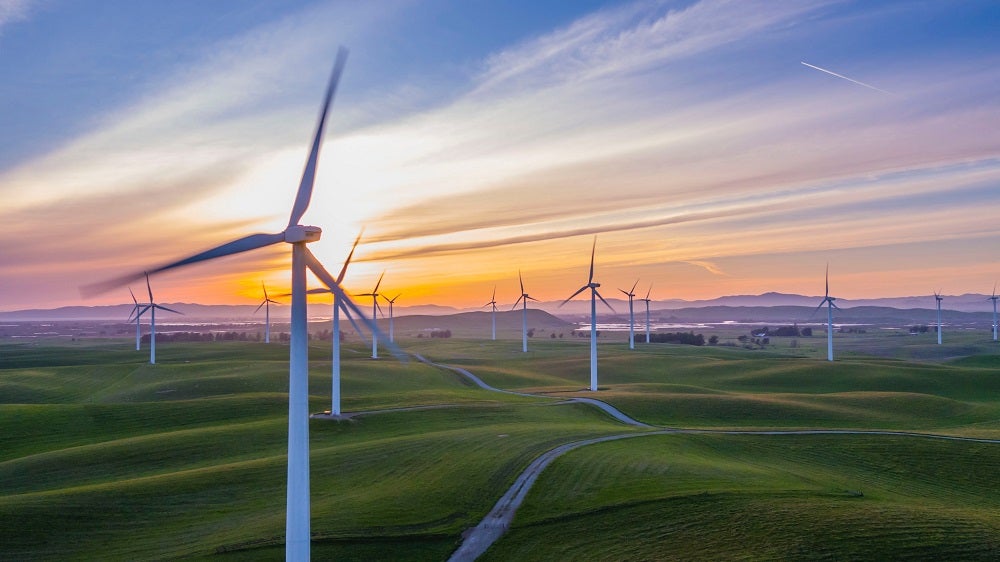
Wind power could generate 20% of electricity in the US within 10 years – without requiring any additional land, according to a new study.
About 7% of America’s energy is produced by the zero-carbon source but research by Cornell University shows that quadrupling the number of wind turbines installed in 2014 will attain the goal of producing one-fifth of the country’s power supply by 2030.
Crucially, the Ithaca, New York-based university claims there these could be built on existing sites, while there would be “no negative impacts on system-wide efficiency or local climates”.
Sara Pryor, a professor in the Department of Earth and Atmospheric Sciences, said: “Wind energy is already playing a key role in decarbonising the global energy system.
“Wind turbines repay the lifetime carbon emissions associated with their deployment and fabrication in three to seven months of operation, and provide nearly 30 years of virtually carbon-free electricity generation.”
Growing wind power in the US could have big impact on carbon footprint
Prof Pryor worked with Rebecca Barthelmie, professor in the Sibley School of Mechanical and Aerospace Engineering, and postdoctoral researcher Tristan Shepherd to develop scenarios for how wind energy can expand from current levels to one-fifth of the entire US electricity supply by 2030, as outlined by the US Department of Energy’s National Renewable Energy Laboratory (NREL) in 2008.
Called the 20% Wind Scenario, the NREL report noted that generating 20% of electricity from wind could eliminate about 825 million metric tonnes of carbon dioxide emissions in the energy industry by 2030.
From 2016 to 2017, wind-generated electricity in the US grew by 12% to 254 terawatt-hours (TWh) annually – and then increased another 8.3% in 2018, the researchers said.
In context, the US uses about 310 to 320TWh of electricity every month – generated from coal, natural gas, nuclear and renewables.
Wider impact of expanding wind power in the US
The Cornell University researchers, whose work was published yesterday (24 February) in the journal Nature Scientific Reports, explored whether quadrupling the number of wind turbines would reduce the efficiency of turbine fleets that gather energy – and if that generation negatively affects the local climate.
In high-density arrays of large wind turbines, the researchers examined possible declines in system-wide efficiency associated with a phenomenon called “wind turbine wakes”, where the wind speed is slowed by extraction of momentum by wind turbines.
This wake is eroded by mixing with undisturbed air in the atmosphere, but can reduce the wind speed that impinges on downstream wind turbines.
Prof Barthelmie said: “The ‘theft’ of wind by upstream wind turbines reduces the overall power produced by the total ensemble of wind turbines and the enhanced mixing (turbulence) can alter local climate conditions close to wind turbines.”
The researchers offered scenarios – such as repowering turbines with improved technology – for expanding the installed capacity of wind turbines without using additional land.
They demonstrated that expansion of the installed capacity has a tiny influence on system-wide efficiency and very small impacts on local climate that are reduced by deploying large, state-of-the-art turbines.



